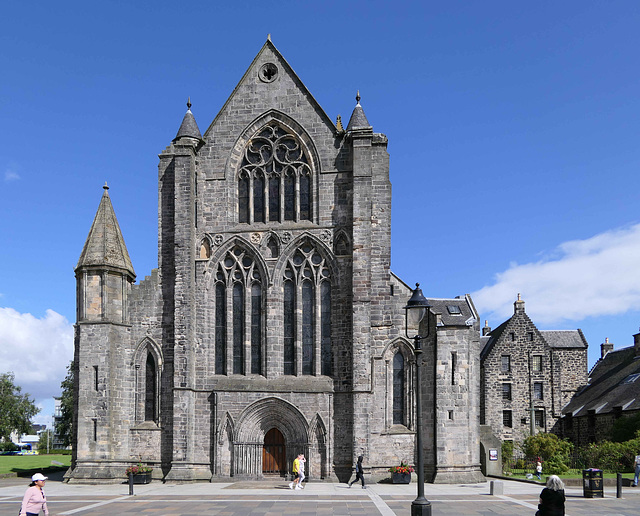Dunblame - Cathedral
St. Mary’s Church, Steeple Ashton
Church of St. Mary the Virgin, Steeple Ashton
Church of St. Mary the Virgin, Steeple Ashton
Glasgow - St Mungo's Cathedral
Bridlington - Priory
Beverley - St Mary's Church
36 LACOCK ABBEY - oldest room
Beverley Minster
King's College Chapel
Burmeisterhaus (1355)
Pérouges (01) 11 février 2014.
Stiftskirche Tübingen
Lübeck: St. Marien
Up into the tower Canterbury Cathedral 26 3 2025
The Five Sisters
Bridgwater -St Mary
Exeter - Cathedral
Crediton - Church of the Holy Cross
Cartham - St Mary
Cartham - St Mary
Lancaster Priory
Canterbury - Cathedral
Canterbury - Cathedral
Dentelle de lumière
Cathédrale Sainte Cécile
Cathédrale Sainte Cécile
Cathédrale Sainte Cécile
Cathédrale Sainte Cécile
Cathédrale Sainte Cécile
Cathédrale Sainte-Croix d'Orléans
Cathédrale Sainte-Croix d'Orléans
Cathédrale Sainte-Croix d'Orléans
Cathédrale Sainte-Croix d'Orléans
Cathédrale Sainte-Croix d'Orléans
Cathédrale Sainte-Croix d'Orléans
Cathédrale Sainte-Croix d'Orléans
Cathédrale Sainte-Croix d'Orléans
Location
Lat, Lng:
You can copy the above to your favourite mapping app.
Address: unknown
You can copy the above to your favourite mapping app.
Address: unknown
See also...
Keywords
Authorizations, license
-
Visible by: Everyone -
All rights reserved
-
53 visits
Paisley – Abbey


The town became prominent in the 12th century, with the establishment of important Paisley Abbey.
The Bargarran witches were tried in Paisley in 1697. Seven were convicted and five were hanged and then burnt. This was the last mass execution for witchcraft in western Europe.
Paisley expanded significantly during the Industrial Revolution as a result of its location with access to the Clyde and nearby ore, mineral and agricultural resources. Factories and mills developed leading to an increase in the town's population.
By the late 19th century, Paisley was a global centre of the weaving industry, giving its name to the Paisley shawl and the Paisley pattern. Despite being of a Kashmiri design, the teardrop-like pattern soon became known by Paisley's name across the western world.
There had been a Celtic church on the site of the monastery since the 6th century, dating back to St Mirin. After his death a shrine to the Saint was established, becoming a popular site of pilgrimage and veneration.
In 1163, Walter FitzAlan invited 13 Cluniac monks from Much Wenlock Priory in Shropshire to found a monastery on this site. From 1219, the establishment was run as an abbey and became In 1307, Edward I of England had the abbey burned down. It was rebuilt later in the 14th century.
Walter Stewart, 6th High Steward of Scotland married Marjorie Bruce, daughter of Robert I, in 1315, who died the following year in a riding accident near the abbey. However, her unborn child was saved and later crowned King of Scotland as Robert II. As he founded the ruling dynasty of the House of Stuart, the abbey is also regarded as their birthplace. A total of six High Stewards of Scotland are buried in Paisley Abbey.
After the collapse of the bell tower in 1533 destroyed the aisles and transept of the church, they were not rebuilt. The abbey was dissolved in 1560 as part of the Scottish Reformation. The remaining parts of the church were then used as a parish church.
In 1789, the church was repaired. In 1859, the first of a series of extensive restoration works began, returning the church to its original state over time.
The Bargarran witches were tried in Paisley in 1697. Seven were convicted and five were hanged and then burnt. This was the last mass execution for witchcraft in western Europe.
Paisley expanded significantly during the Industrial Revolution as a result of its location with access to the Clyde and nearby ore, mineral and agricultural resources. Factories and mills developed leading to an increase in the town's population.
By the late 19th century, Paisley was a global centre of the weaving industry, giving its name to the Paisley shawl and the Paisley pattern. Despite being of a Kashmiri design, the teardrop-like pattern soon became known by Paisley's name across the western world.
There had been a Celtic church on the site of the monastery since the 6th century, dating back to St Mirin. After his death a shrine to the Saint was established, becoming a popular site of pilgrimage and veneration.
In 1163, Walter FitzAlan invited 13 Cluniac monks from Much Wenlock Priory in Shropshire to found a monastery on this site. From 1219, the establishment was run as an abbey and became In 1307, Edward I of England had the abbey burned down. It was rebuilt later in the 14th century.
Walter Stewart, 6th High Steward of Scotland married Marjorie Bruce, daughter of Robert I, in 1315, who died the following year in a riding accident near the abbey. However, her unborn child was saved and later crowned King of Scotland as Robert II. As he founded the ruling dynasty of the House of Stuart, the abbey is also regarded as their birthplace. A total of six High Stewards of Scotland are buried in Paisley Abbey.
After the collapse of the bell tower in 1533 destroyed the aisles and transept of the church, they were not rebuilt. The abbey was dissolved in 1560 as part of the Scottish Reformation. The remaining parts of the church were then used as a parish church.
In 1789, the church was repaired. In 1859, the first of a series of extensive restoration works began, returning the church to its original state over time.
Alexander Prolygin, SV1XV have particularly liked this photo
- Keyboard shortcuts:
Jump to top
RSS feed- Latest comments - Subscribe to the comment feeds of this photo
- ipernity © 2007-2025
- Help & Contact
|
Club news
|
About ipernity
|
History |
ipernity Club & Prices |
Guide of good conduct
Donate | Group guidelines | Privacy policy | Terms of use | Statutes | In memoria -
Facebook
Twitter

Sign-in to write a comment.